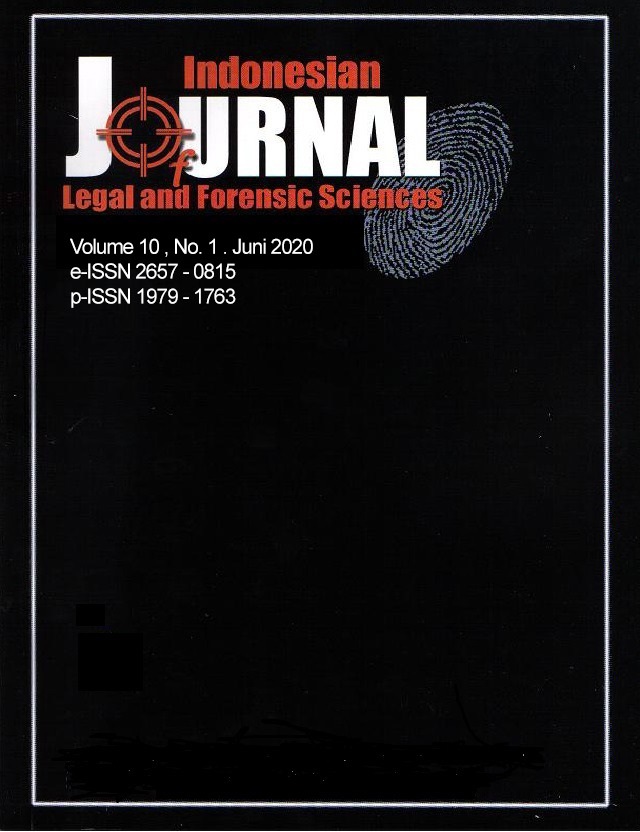Identification and Determination MDMA in Urine sample by Thin Layer Chromatography Method
Abstract
MDMA (3,4-methylenedioximet amphetamine) is a semisynthetic compound derived from amphetamine type stimulant (ATS) that works by triggering the release of serotonin. MDMA is often misused due to its effects that can trigger euphoria, especially at the adolescent level, this substance is very dangerous because it can cause death to consumers. MDMA analysis for clinical and legal purposes requires a method that is relatively rapid so that the TLC method is chosen over the others. Identification test were carried out with 3 chromatographic systems namely methanol: ammonia TA (100: 1.5 v / v), methanol: butanol TAF (60:40 v / v), and Toluene: acetone: ethanol: ammonia TAEA (45: 45: 7: 3 v / v / v / v). The determination test is carried out with the TAEA system and used MDMA as a standard. Identification test results showed that the samples contained MDMA through the Hrfc and spectrum approaches. The results of determination showed in the urine sample obtained 134.53 ?g/ml and 112.037 ?g/ml respectively.



















